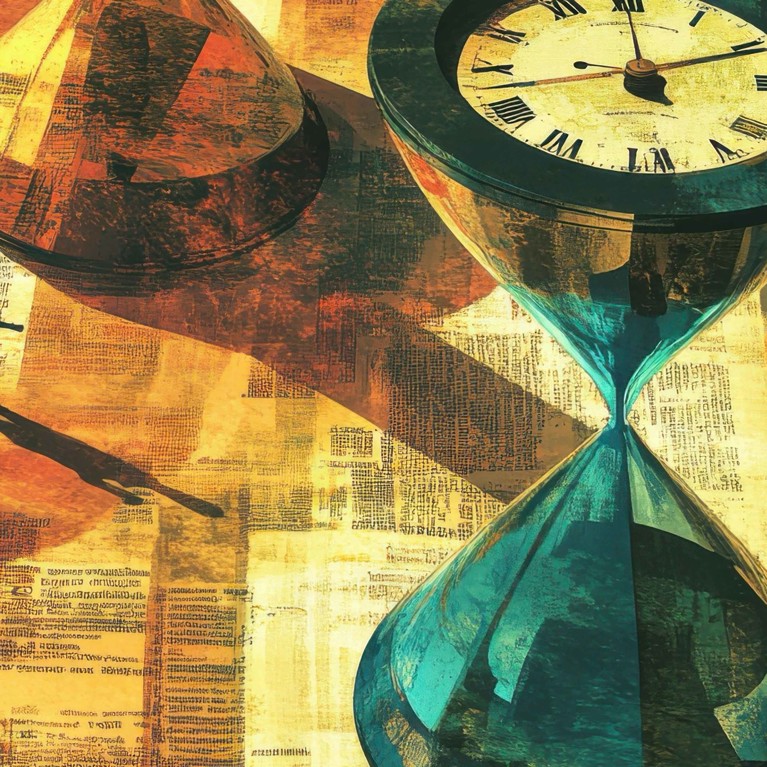- Posted on 9 Apr 2025
- 2-minute read
Well, it’s week 2 (or is it 3?) of the election campaign.
And as news media focuses on gaffs and abandoned policies, in this newsletter, Gary Dickson is looking at the media regulator’s first Media Diversity Measurement Framework Report, and Michael Davis is looking at the threat of deep fakes in this election campaign and what the Australian Electoral Commission thinks we should do about them. Kieran takes a look at OpenAI’s new image generation tool, which millions are signing up to use, and Alexia tells us about the latest Double Take podcast!
In the meantime, I’m fascinated by a bold generative AI experiment in Italy where the conservative newspaper Il Foglio is publishing a 4-page insert into one of its newspaper editions, available online and in print, every day for a month – only the insert is generated entirely by AI. Not one story is written or edited by humans. In fact, the only role humans play in the production of the inserts is to plug prompts and questions into ChatGPT. The LLM’s responses are then inserted into the paper, unedited. Generative AI is used for all aspects of the production – headlines, quotes, summaries, and of course, actual articles.
Il Foglio’s editor, Claudio Cerasa, says it is an experiment to test how AI can work “in practice” in a newsroom setting. He says it forces journalists to ask tough questions about what the technology means for the future of journalism. But does it? And does the experiment tell us anything we don’t already know?
It was certainly a headline-grabbing idea, replete with oddities such as one story about 'situationships' which reported a trend amongst young Europeans to leave steady relationships, and the fact that none of the published stories quote human beings. As Digiwatch noted, the seriousness of the experiment was leavened somewhat by an amusing AI-generated letter to the editor in one edition asking whether AI would render humans useless in the future. The LLM spat back a quick “Who knows?” – AI doesn’t yet know how to order a coffee without getting the sugar wrong.
What we know about generative AI is that it offers journalism a lot of upside – tools to improve workflows, transcriptions of audio to text, and video to text. It can break down complex documents and take away the time-consuming technical demands of digital production.
But there are risks. It still hallucinates – gets things wrong – and replicates bias ingrained in training materials, not to mention the copyright issues which can arise whether or not sources are cited. All of this is evident in Il Foglio’s experiment. But the biggest indication that there’s little chance consumers will prefer AI-generated reportage to human-generated reportage is that human beings are not centred. News without human beings at its centre can make stories about ‘situationships’ very odd indeed.







